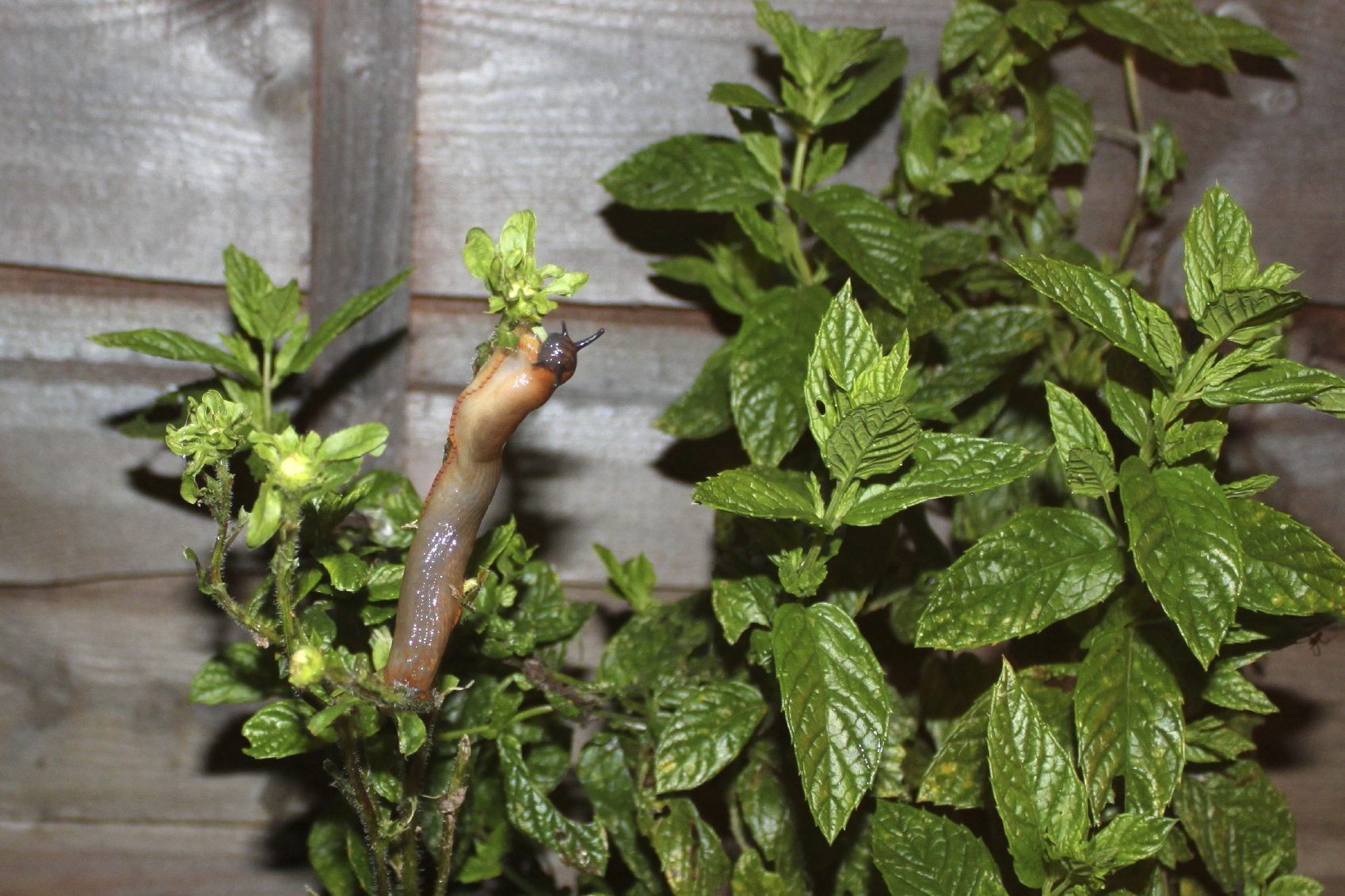Issues Affecting Chrysanthemums – Treating Mum Plant Disease And Pests


One of the most beloved fall classics is the chrysanthemum. These cheery flowers are rugged rays of sunshine, bestowing happiness just as winter's icy fingers begin to chase away the summer. Most mums are extremely vigorous and have few pests and disease problems but there are a few issues affecting chrysanthemums of which growers should be aware. Of these, insects on mums are primarily mites, aphids, and leaf miners. However, the mum plant diseases can encompass both bacterial and fungal and are more rampant problems. Here are some of the most common chrysanthemum problems and solutions to help keep your mums looking their healthiest and brightest.
Issues Affecting Chrysanthemums
In many regions, the appearance of late summer is accompanied by the golds, rusts, bronzes, reds, and oranges of chrysanthemum blooms. Every supermarket, big-box store, and nursery is bursting with their charismatic fall color. For the most part, problems with these plants are not a threat to their health, but occasional attacks of chrysanthemum pests and diseases can diminish vigor and affect bloom production. Excess moisture is one of the main threats but so, too, are insects on mums who chew and suck, diminishing plant vitality. Hardy mums are one of the most versatile and beloved fall flowering bushes. They are perennial in most zones with a bit of protection and can be divided after a year or two to increase the number of plants. Chrysanthemums prefer well-drained soil but still need plenty of moisture. Feed these bloomers in spring and they will reward you with a fall display of color. A classic first sign of chrysanthemum problems is mold on the leaves and especially stems. Since fall is generally wetter, with lower light and cooler temperatures, mold and fungal spores thrive. Many are airborne and jump from plant to plant. Soil can also harbor spores and infect any plant installed in the toxic earth. Insects are a relatively minor threat to plant health because they are easier to remove.
Insects on Mums
The main suspects to watch for are tiny. Mites and thrips are probably the hardest to spot. Mites may leave small webs, but not all varieties are so obvious. If you want to check for these insects that can distort and damage foliage and plant vigor, place a piece of white paper under the plant. Give the plant a little shake and then check the paper for moving black or red dots. Aphids are soft-bodied, sucking insects that daub their sticky honeydew secretion across leaves and flowers. They can also spread viruses. Earwigs shred foliage and leaf miners leave their characteristic trails under the foliage. Most of these pests can be handled with an insecticidal soap spray or blasts of water to remove the insects. In the case of the leaf miner, remove any affected leaves to eliminate the bugs. Slugs and snails will occasionally feed on the plant’s foliage as well.
Mum Plant Diseases
Among the chrysanthemum pests and diseases that can cause a gardener a wrinkled brow, it is the fungal issues that are the easiest to see and control. The following diseases all leave the evidentiary signs on foliage, stems, and blooms:
There are numerous anti-fungal sprays that are effective for these diseases, with cultural controls such as ceasing overhead watering and changing the soil being additional safeguards. Destroying any infected plant material may be necessary to prevent the spread of these diseases such as in the case of rust, wilt, and leaf spot diseases. Numerous viruses are transmitted by sucking insects that have no cure. Yellow ring spot, tomato mosaic virus, and chrysanthemum smut virus are just a few. Signs are usually stunted growth and yellowed foliage. If you see these symptoms, you may need to destroy the plants. Issues affecting chrysanthemums can be diminished by proper cultivation, site location, and choosing disease-resistant specimens.
Sign up for the Gardening Know How newsletter today and receive a free copy of our e-book "How to Grow Delicious Tomatoes".

Bonnie Grant is a professional landscaper with a Certification in Urban Gardening. She has been gardening and writing for 15 years. A former professional chef, she has a passion for edible landscaping.